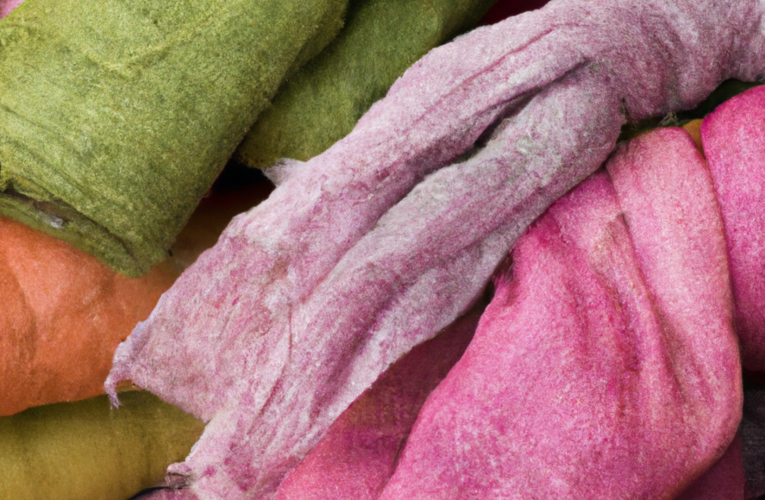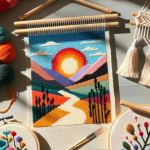Tapestry Materials and their Properties
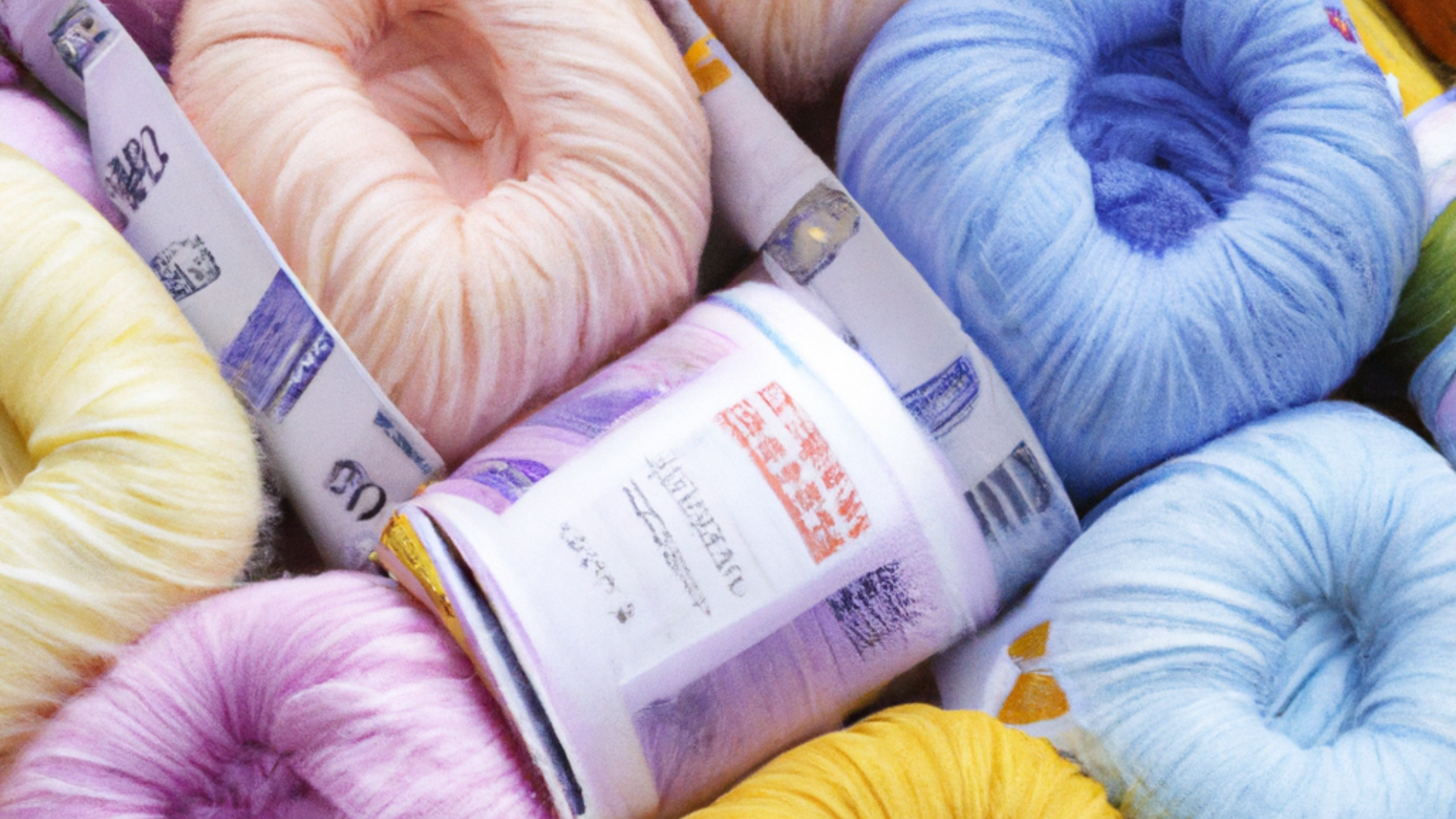
Tapestry art, with its intricate designs and rich history, is a captivating form of textile expression. Central to the creation of any tapestry is the selection of materials. Understanding the properties of these materials is crucial for artists and enthusiasts alike. Let’s delve into the definition of tapestry, the significance of choosing the right materials, and an overview of various tapestry materials.
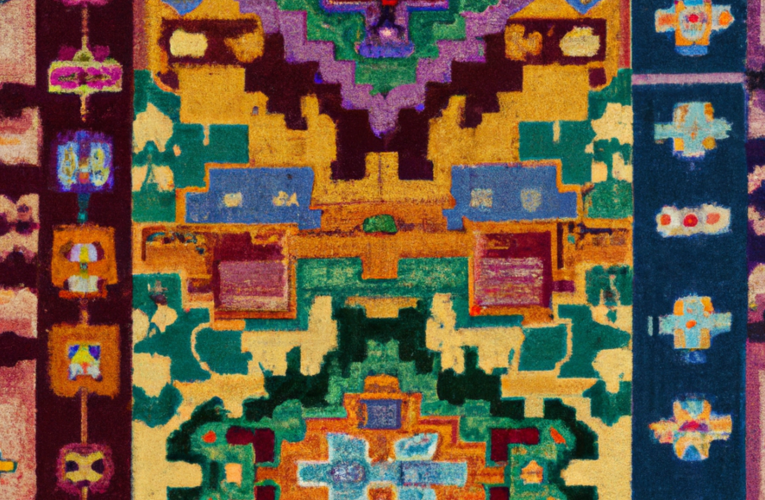
Definition of Tapestry
Tapestry is a form of textile art where designs or images are woven into a fabric using a combination of colored threads. Unlike other forms of weaving, where the fabric is typically uniform, tapestry involves creating pictures or patterns by weaving different colors together. This process results in a vibrant, textured artwork that can range from small decorative pieces to large-scale wall hangings.
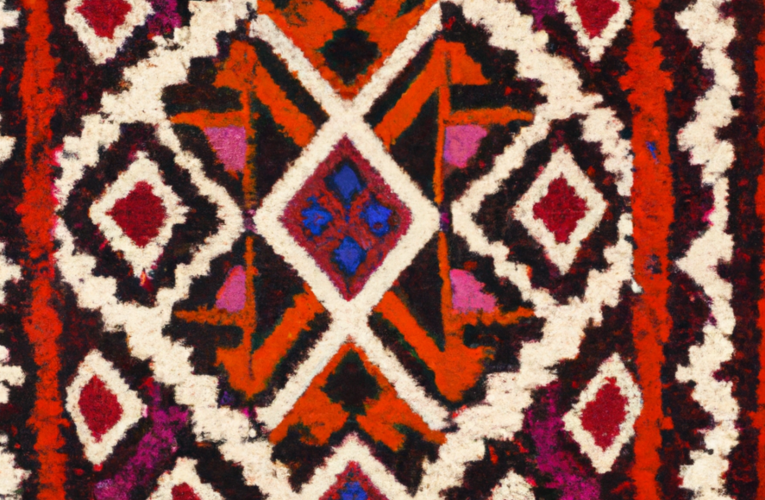
Importance of Choosing the Right Materials
The choice of materials in tapestry creation is paramount. The properties of the materials used directly impact the final product in several ways:
Durability and Longevity: Quality materials ensure that the tapestry remains intact and retains its beauty over time.
Texture and Appearance: Different materials offer varied textures, from the softness of wool to the smoothness of silk, which affects the overall look and feel of the tapestry.
Color Brilliance: Materials like silk often produce more vibrant and lustrous colors, enhancing the visual impact of the artwork.
Suitability for Design: Some materials, such as wool, are excellent for intricate designs due to their ability to hold fine details.
Choosing the right material is akin to selecting the perfect paint for a canvas. It sets the foundation for the entire piece and determines how the colors and details will come together to create the final image.
Overview of Various Tapestry Materials
Wool
Description: Soft, durable, and traditional
Properties:
Warmth
Excellent for detailed designs
Good for blending colors
Examples:
Belgian wool, merino wool
Cotton
Description:
Versatile and easy to work with
Properties:
Lighter weight
Crisp texture
Less warmth compared to wool
Examples:
Organic cotton, mercerized cotton
Silk
Description:
Luxurious and delicate
Properties:
Shiny and smooth
Vibrant colors
High sheen
Examples:
Mulberry silk, tussah silk
Linen
Description:
Strong and textured
Properties:
Stiff at first but softens with use
Excellent for rustic designs
Natural, earthy look
Examples:
Belgian linen, Irish linen
Synthetic Fibers (Polyester, Acrylic)
Description: Budget-friendly and durable
Properties:
Resistant to fading and mildew
Easy to clean
Less prone to wrinkles
Examples: Polyester tapestries, acrylic blends
Each material offers distinct characteristics, catering to different artistic preferences and practical needs. Artists often experiment with combinations of these materials to achieve unique textures and effects in their tapestries.
Understanding Tapestry Materials
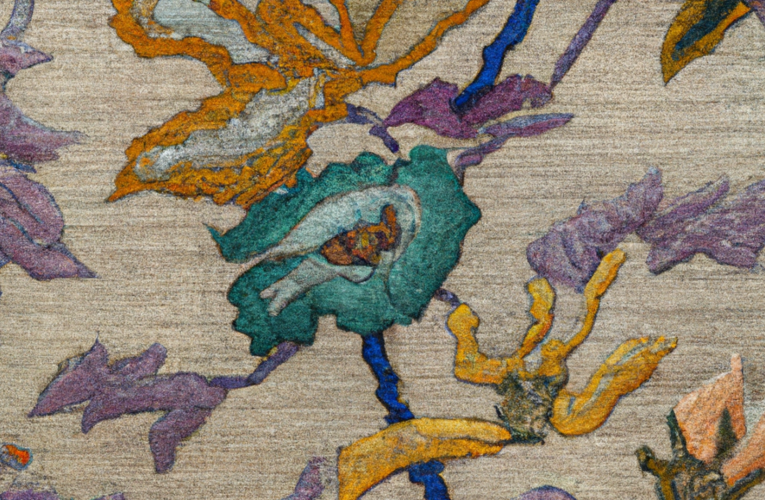
In the art of tapestry making, the choice of materials is vital, influencing not only the aesthetic appeal but also the longevity and maintenance of the artwork. Let’s delve into the properties and best uses of different tapestry materials, from the traditional warmth of wool to the luxurious feel of silk and the practicality of synthetic fibers.
A. Wool
Definition and Origin: Wool is a natural fiber obtained from sheep fleece.
Properties:
Durability: Wool is incredibly durable, making it ideal for tapestries that will be hung for extended periods.
Texture: It has a soft, plush texture that adds depth and warmth to tapestry designs.
Color Retention: Wool has excellent color retention, ensuring that the vibrant hues of a tapestry remain vivid over time.
Best Uses for Wool in Tapestry:
Intricate designs with fine details. Tapestries meant for display in colder climates.
Care Tips:
Gently vacuum or brush to remove dust.
Spot clean with mild detergent and water if needed.
Avoid direct sunlight to prevent fading.
B. Cotton
Definition and Origin: Cotton is a natural fiber derived from the cotton plant.
Properties:
Softness: Cotton tapestries have a soft and comfortable feel, making them inviting to touch.
Breathability: They are breathable and lightweight, suitable for a variety of climates.
Versatility: Cotton takes dyes well, resulting in a wide range of vibrant colors.
Best Uses for Cotton in Tapestry:
Everyday tapestries for casual settings.
Tapestries for warm climates or well-ventilated spaces.
Care Tips:
Machine wash on a gentle cycle with mild detergent.
Tumble dry on low or air dry to prevent shrinking.
Iron on a low setting if necessary.
C. Silk
Definition and Origin: Silk is a luxurious natural fiber produced by silkworms.
Properties:
Luxurious Feel: Silk tapestries have a smooth, luxurious feel that adds an elegant touch to any space.
Luster: They exhibit a beautiful sheen that enhances the richness of colors.
Delicacy: Silk is delicate and should be handled with care.
Best Uses for Silk in Tapestry:
High-end tapestries for formal settings.
Art pieces where a luxurious, luminous quality is desired.
Care Tips:
Dry clean only to preserve the delicate fibers.
Avoid direct sunlight to prevent fading.
Handle with clean hands to avoid staining.
D. Synthetic Fibers (Polyester, Acrylic, etc.)
Definition and Types: Synthetic fibers are man-made materials like polyester and acrylic.
Properties:
Affordability: Synthetic fibers are often more affordable than natural fibers.
Colorfastness: They are colorfast and resistant to fading, maintaining their vibrancy.
Easy Maintenance: Synthetic tapestries are easy to clean and maintain.
Best Uses for Synthetic Fibers in Tapestry:
Outdoor tapestries due to their resistance to moisture and sunlight.
Budget-friendly options for decorative pieces.
Care Tips:
Machine washable in cold water.
Tumble dry on low heat.
Avoid high heat to prevent melting.
Factors to Consider When Choosing Tapestry Materials
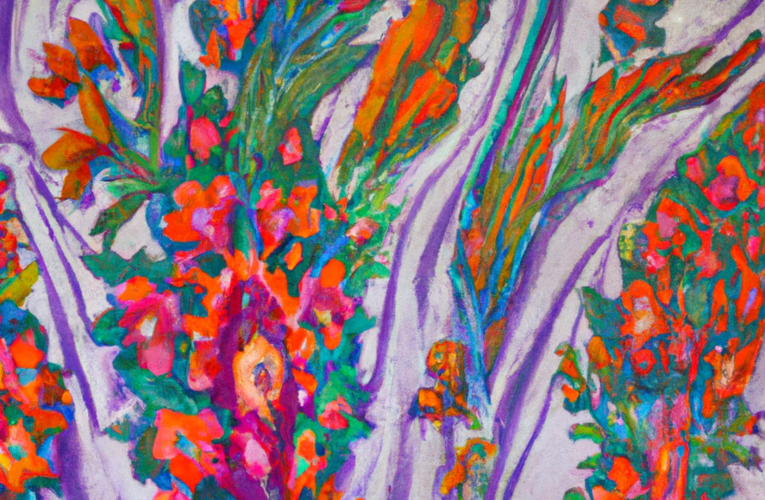
When selecting materials for a tapestry project, several factors should influence your decision. These considerations ensure that the chosen materials not only align with your artistic vision but also meet practical needs. Let’s explore these factors in detail:
Intended Use
Wall Hangings vs. Functional Items (e.g., Pillows):
Wall Hangings: If the tapestry is meant for display on a wall, factors like weight, drape, and visual impact are crucial. Consider materials with vibrant colors and intricate details that can be appreciated from a distance.
Functional Items: For tapestries intended for functional use, such as pillows or throws, durability and ease of cleaning become more important. Materials that can withstand regular use and washing are ideal.
Aesthetics
Color, Texture, and Design Considerations:
Color: Materials react differently to dyes, affecting the vibrancy and depth of colors. Consider the color palette of your design and choose materials that enhance these colors.
Texture: Materials like wool provide a textured surface, adding dimension to the artwork. Silk, on the other hand, offers a smooth and lustrous finish. Choose based on the desired tactile experience.
Design: Some materials, such as cotton, are well-suited for bold, graphic designs, while silk may be better for intricate, detailed patterns. Consider how the material will complement the design’s aesthetic.
Durability
Longevity and Resistance to Wear:
Wool: Known for its durability, wool tapestries can last for generations with proper care.
Cotton: While soft, cotton tapestries may not be as durable as wool but are suitable for less high-traffic areas.
Synthetic Fibers: Polyester and acrylic are highly durable and resistant to wear, making them ideal for functional items or high-traffic areas.
Budget Cost Considerations and Value for Money:
Natural Fibers: Materials like silk and high-quality wool tend to be more expensive due to their production processes.
Synthetic Fibers: Polyester and acrylic are often more budget-friendly while still offering durability and colorfastness.
Consider the project’s size and intended use when balancing cost and quality.
Maintenance
Ease of Cleaning and Care Requirements:
Wool: Requires careful cleaning to avoid felting. Spot cleaning with a damp cloth is often recommended.
Cotton: Machine washable on a gentle cycle, making it easy to maintain.
Silk: Dry clean only due to its delicate nature.
Synthetic Fibers: Easy to clean with machine washing and often quick drying.
Considering these factors ensures that your tapestry not only looks beautiful but also meets practical needs. Whether you’re creating a statement wall hanging for a gallery or a cozy pillow for your sofa, understanding the properties and considerations of different materials allows you to make an informed choice. From the aesthetics of color and texture to the practicality of maintenance and durability, each factor contributes to the overall success of your tapestry project.
Properties and Benefits of Blended Materials
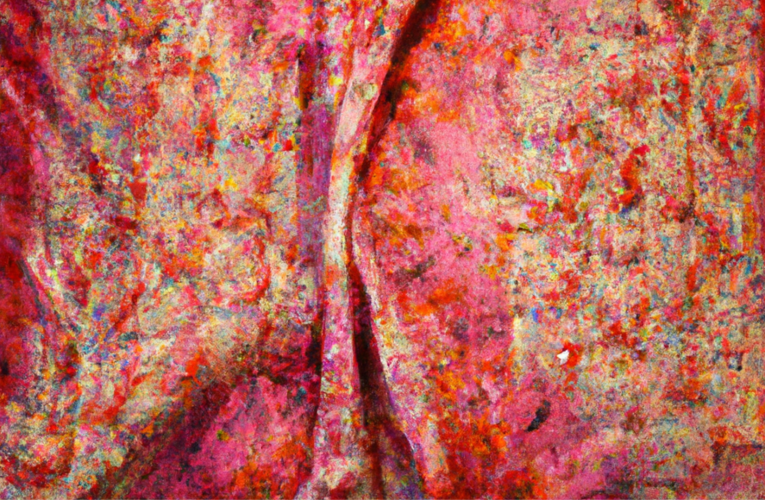
Blending different fibers in tapestry creation offers a myriad of benefits, combining the best properties of each material for a unique and versatile fabric. Let’s delve into popular tapestry blends like wool-cotton and silk-wool, discussing their properties and the advantages they offer to tapestry artists and enthusiasts.
Wool-Cotton Blend
Definition: A blend of wool and cotton fibers, combining the warmth and durability of wool with the softness and versatility of cotton.
Properties:
Softness: The cotton adds a soft touch to the tapestry, making it comfortable for use in items like throws or blankets.
Breathability: Cotton’s breathability balances the warmth of wool, making it suitable for a variety of climates.
Durability: Wool’s durability ensures that the tapestry maintains its shape and structure over time.
Benefits:
Ideal for functional items like blankets or cushions where comfort is key.
Offers a balance of warmth and breathability, suitable for year-round use.
Combines the natural feel of wool with the easy care of cotton.
Silk-Wool Blend
Definition: A luxurious blend of silk and wool, merging the luster and smoothness of silk with the warmth and texture of wool.
Properties:
Luxurious Feel: Silk’s smooth and lustrous texture adds an elegant touch to the tapestry.
Warmth: Wool provides the necessary warmth, making it suitable for colder climates.
Luster: Silk’s natural sheen enhances the richness of colors and adds depth to the design.
Benefits:
Creates a tapestry with a luxurious look and feel, perfect for decorative wall hangings.
Combines the warmth of wool with the elegance of silk, appealing to those seeking both beauty and functionality.
Enhances the colors and details of intricate designs, making them stand out.
Wool-Synthetic Blend (Polyester, Acrylic, etc.)
Definition: Blending wool with synthetic fibers like polyester or acrylic offers a combination of natural warmth and the practical benefits of synthetics.
Properties:
Durability: Synthetic fibers enhance the tapestry’s durability and resistance to wear.
Colorfastness: Polyester and acrylic are highly colorfast, ensuring the vibrancy of the tapestry’s colors.
Easy Maintenance: Synthetic blends are often easier to clean and maintain than pure wool.
Benefits:
Suitable for high-traffic areas or outdoor tapestries due to enhanced durability.
Offers a budget-friendly option without compromising on quality or appearance.
Resists fading, making it ideal for tapestries exposed to sunlight or moisture.
Considerations for Blended Materials
Compatibility: Blending materials with similar care requirements ensures ease of maintenance.
Purpose: Choose blends based on the intended use of the tapestry, whether for decoration, functional use, or both.
Design Impact: Blends can affect how colors appear and how textures are perceived in the final tapestry.
Climate: Consider the climate where the tapestry will be displayed, as blends can offer a balance of warmth and breathability.
Blending different materials in tapestry creation opens up a world of possibilities, allowing artists to customize their fabrics to suit specific needs. Whether seeking the luxurious feel of silk combined with wool’s warmth or the practicality of a wool-cotton blend, each blend offers unique properties and benefits that enhance the beauty and functionality of the tapestry. By understanding the properties of these blends, artists can create tapestries that are not only visually stunning but also durable and versatile.
Tips for Caring for Your Tapestry
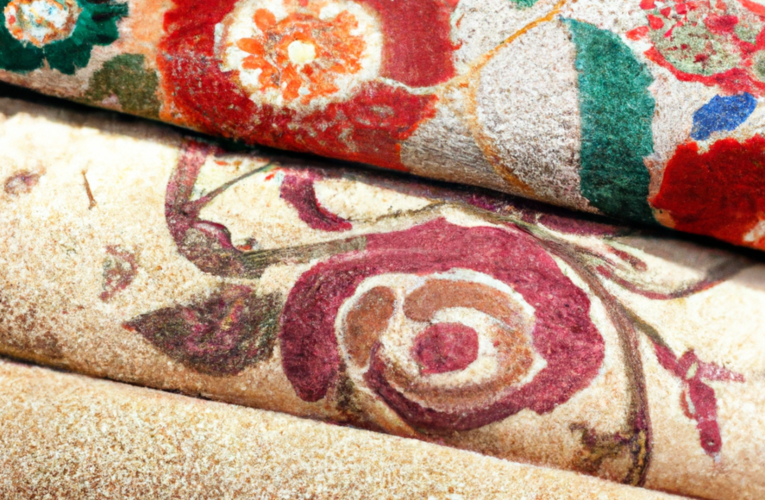
Taking proper care of your tapestry ensures its longevity and maintains its beauty for years to come. Different materials require specific cleaning techniques and storage considerations. Here are some tips for cleaning, storing, handling, and displaying your tapestry based on the materials used:
Cleaning Techniques for Different Materials Wool:
Spot Cleaning: Use a soft brush or vacuum with a low suction setting to remove dust and debris.
Stain Removal: Blot stains with a damp cloth and mild detergent. Avoid rubbing to prevent felting.
Dry Cleaning: For extensive cleaning, consider professional dry cleaning to preserve the wool’s integrity.
Cotton:
Machine Washing: Cotton tapestries are often machine washable. Use a gentle cycle with mild detergent and cold water.
Air Drying: Avoid high heat when drying to prevent shrinking. Air dry flat or hang to dry.
Ironing: Use a low heat setting if ironing is necessary, preferably with a cloth between the iron and the tapestry.
Silk:
Dry Cleaning Only: Due to silk’s delicate nature, dry cleaning is recommended for thorough cleaning.
Spot Treatment: Use a clean, damp cloth to gently dab at stains. Avoid rubbing to prevent damaging the fibers.
Avoid Moisture: Silk is sensitive to moisture, so avoid exposing it to damp environments.
Synthetic Fibers (Polyester, Acrylic):
Machine Washing: These fibers are often machine washable. Follow the care instructions on the label.
Quick Drying: Synthetic fibers dry quickly. Air drying or using a low heat setting in the dryer is suitable.
Avoid Heat: High heat can damage synthetic fibers, so use low heat settings for washing and drying.
Storage Suggestions to Preserve Quality
Clean Before Storage: Always ensure your tapestry is clean and completely dry before storing to prevent mold or mildew.
Rolling Method: Roll the tapestry with the design facing inwards to protect it from dust and light. Use acid-free tissue paper between layers to prevent sticking.
Avoid Folding: Folding can cause creases and damage the fibers over time. If folding is necessary, pad the folds with acid-free tissue paper.
Storage Environment: Store in a cool, dry place away from direct sunlight and moisture. Extreme temperatures and humidity can damage the tapestry.
Handling and Display Tips
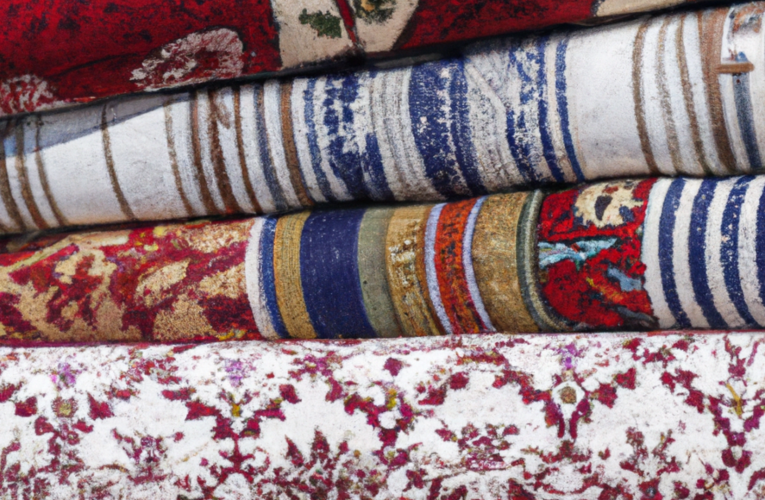
Clean Hands: Handle the tapestry with clean hands to prevent transferring oils and dirt to the fabric.
Use a Rod or Dowel: When displaying, use a rod or dowel to hang the tapestry evenly. Avoid tension on the fabric, which can cause stretching.
Rotation: If displayed in direct sunlight, rotate the tapestry periodically to prevent uneven fading.
Avoid Heavy Traffic Areas: If the tapestry is on a wall, avoid placing it in high-traffic areas where it might be brushed against or touched frequently.
General Tips for All Materials
Regular Maintenance: Regularly dust or vacuum your tapestry to prevent dust buildup.
Avoid Harsh Chemicals: Use mild detergents and cleaners suitable for delicate fabrics.
Professional Cleaning: Consider professional cleaning for valuable or delicate tapestries, especially if stains are stubborn or extensive.
By following these care tips specific to the materials used in your tapestry, you can ensure that your artwork remains vibrant, clean, and well-preserved. Proper cleaning, storage, handling, and display techniques will not only maintain the tapestry’s beauty but also protect its integrity for future generations to enjoy.
